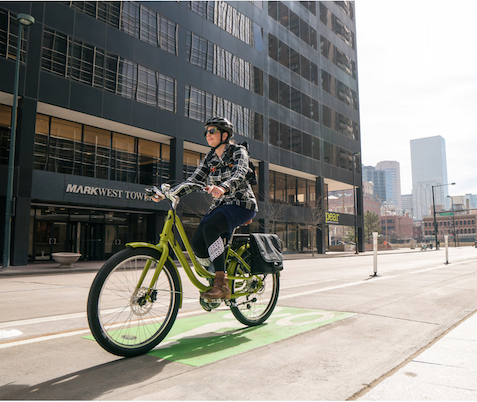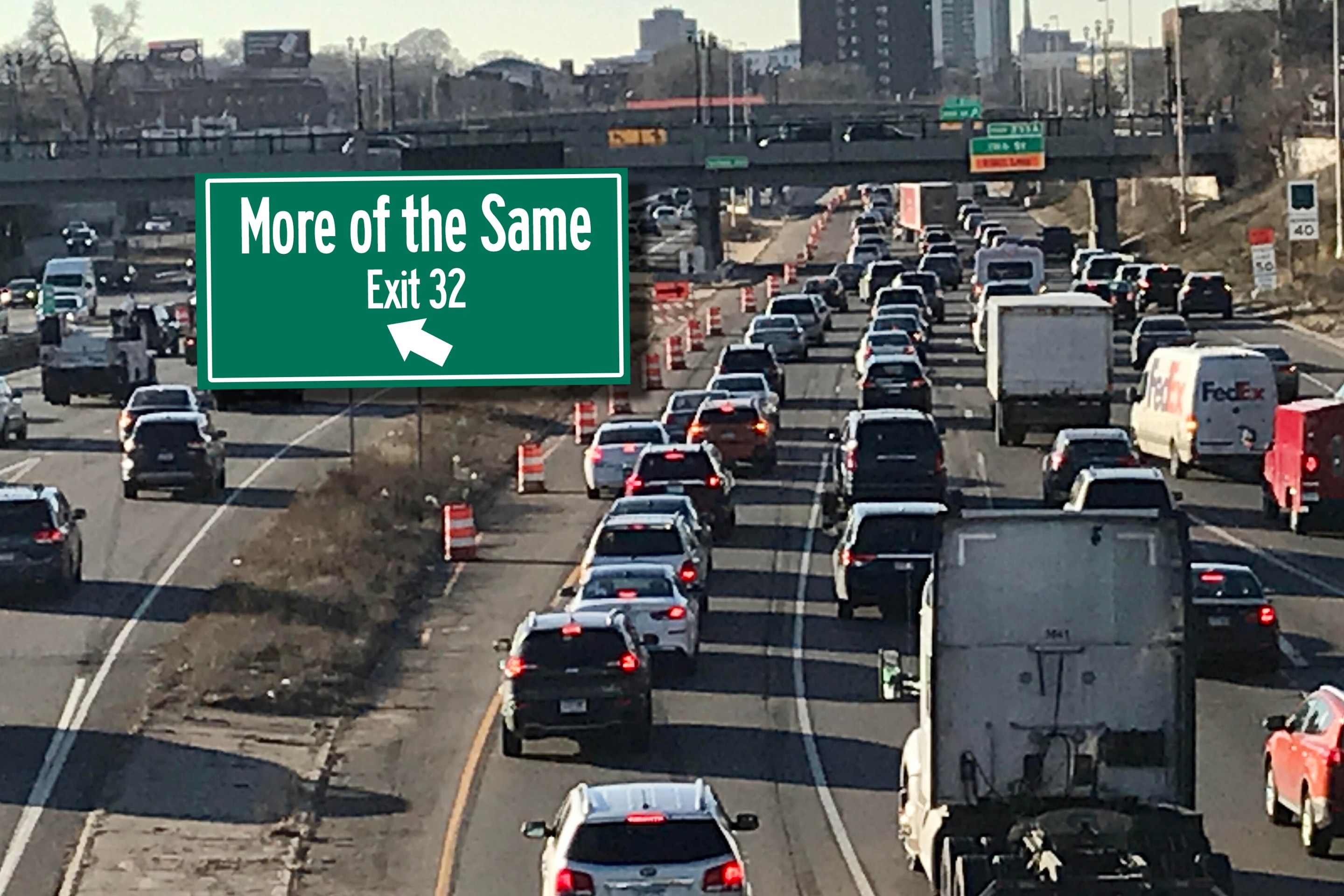If it feels like there’s more bicycle traffic in New York City these days, it’s because there is. The city streets have seen an increase of 33 percent more bicycle trips in 2020, and during the past five years the number of bicycle commuters has risen five times faster than the other large cities in the U.S. The city, with 1,375 miles of bike lanes, is reaping the benefits of its cycling infrastructure.
In Washington, D.C., a five-hour drive to the south (depending on traffic), political leaders are discussing legislation that will inject investment into our country’s infrastructure and set the course for the coming decades of economic prosperity and growth. Now is the time to consider how investments can shift our country to transportation modes that are safe, healthy, and friendly to the environment.
As New York City has seen, investment in cycling infrastructure has tremendous strategic benefits because these investments can address our need to reduce carbon emissions and support a healthy population. E-bikes, bikes with a battery-powered motor, have the potential to expand the inclusivity of cycling and rival motorized forms of transportation.
During the pandemic there has been an increase in cycling and bicycle retailers have struggled to keep up with the surging demand nationwide. What is needed now is smart, targeted investments that capitalize on this shift and help sustain it in the longer term. The bi-partisan infrastructure bill includes important physical infrastructure investments but, for these to move us towards a more sustainable transportation sector in the near term, a concerted approach is needed that reduces other barriers to bicycling. The best solution at hand is facilitating the adoption of e-bikes, which offers a viable and green alternative to most car trips.
Investment in e-bikes could realize numerous environmental and health benefits today. A trip made by an e-bike uses a fraction of the energy required to make that same trip by car. Most e-bikes get around 2,000 miles per gallon of gasoline-equivalent–a rate that greatly surpasses even electric vehicles, which typically fall within the range of 90 to 130 miles per gallon of gasoline-equivalent. In terms of health benefits, despite the reduction in effort required for e-bikes, e-bicycle riders have similar gains in cardiovascular health as compared to those riding traditional bicycles –gains that lower the risk of developing chronic diseases such as heart disease and cancer.
According to data from the 2017 National Household Travel Survey, more than half of all vehicle trips are five miles or less — a distance easily made by an e-bike. E-bikes overcome many of the barriers associated with traditional bicycles –including trip distance, topography, time, and rider effort. The two remaining significant barriers are safety and cost. The current text of the bi-partisan infrastructure bill makes important investments in bicycle safety — including investing in protected bicycle lanes, speed reduction efforts, and encouraging a safe systems approach to the design of roadways.
That leaves the remaining barrier of cost.
The cost of an e-bike can range from $1,000 dollars to upwards of $8,000 dollars, with a typical cost of $2,500 dollars. It’s encouraging to see that the Build Back Better legislation now moving through Congress would address the affordability issue by offering consumers a 30-percent tax credit for the cost of an e-bike, up to a maximum of $1,500 dollars. That’s a great first step but it could be better. A 50-percent subsidy would put e-bikes in line with the price of an average traditional bike — incentivizing more people to turn to e-bikes as a regular means of getting around.
This higher subsidy would be like the tax credit being debated for electric vehicles ($12,500 dollars per vehicle) — an amount which covers the difference in average transaction price in June 2021 for a new electric vehicle ($49,766 dollars) and a new vehicle overall ($42,258 dollars), according to Kelley Blue Book. Improving e-bike affordability could greatly help households with lower incomes, who could further benefit from low-cost transportation.
E-bikes have the potential to encourage a wide range of people to cycle regularly if the barrier to purchasing one is reduced. The infrastructure will be built. With a tax subsidy, we can also build a better on-ramp.
Michelle Duren is a doctoral student at the Johns Hopkins Bloomberg School of Public Health, focusing on transportation policy research. Ryan David Kennedy is a behavioral scientist and faculty member at the Johns Hopkins Bloomberg School of Public Health.







